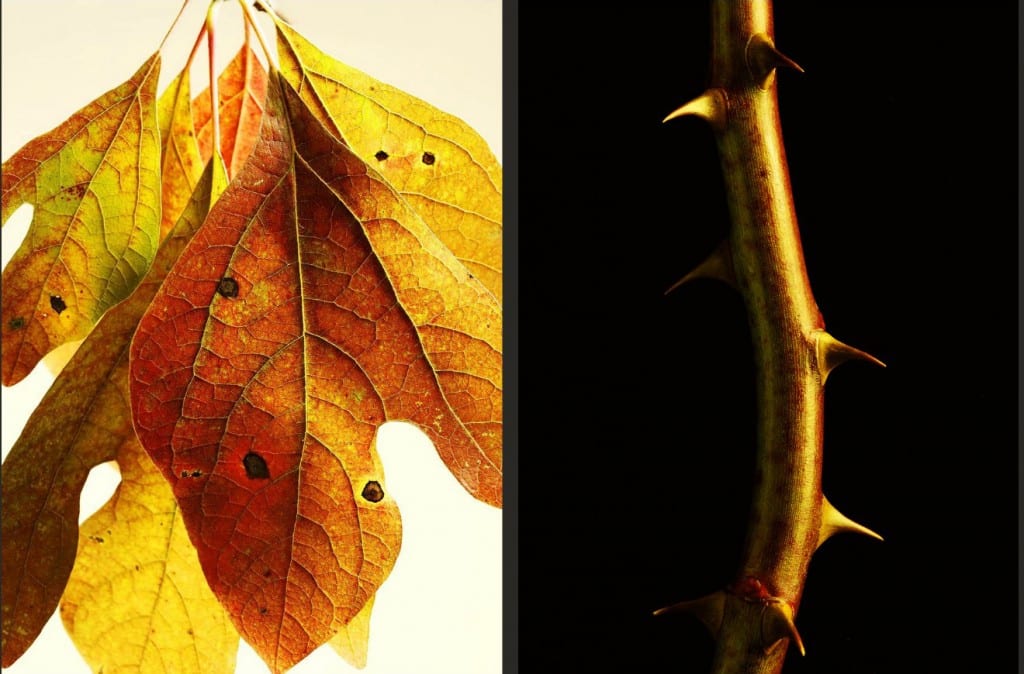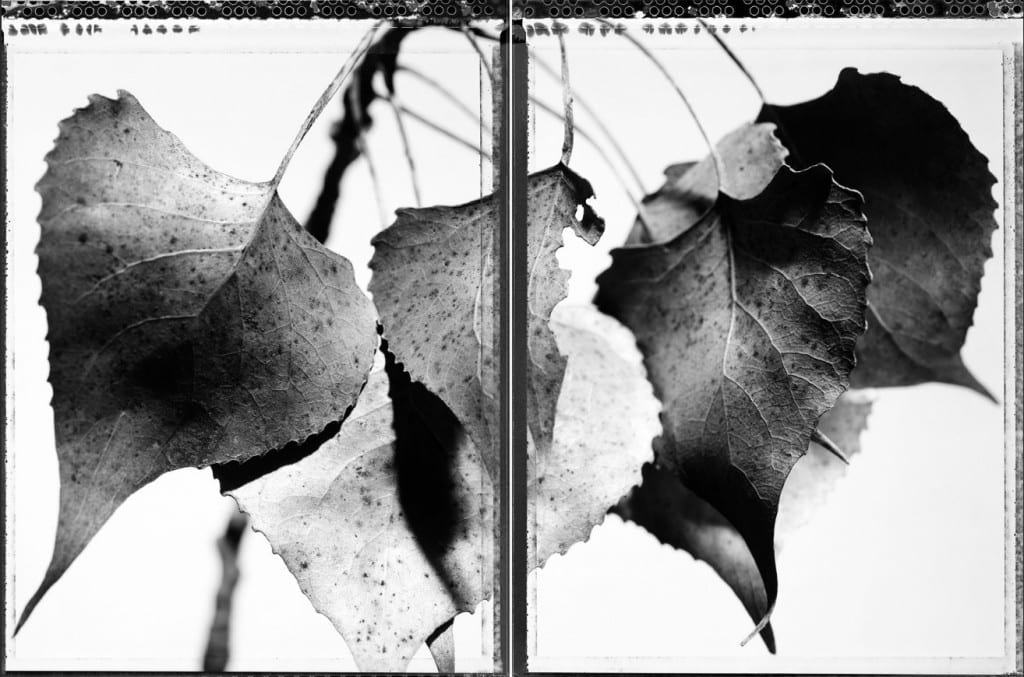Home Project research
When I think of the word home, I do not immediately think of my house where I was brought up, or where I currently live in Lincoln. This is because I do not feel 100% safe or comfortable due to recent murders on my estate and robbery break- ins, leaving my friends and myself feeling very vulnerable to this act of crime by others. I do however, feel more comfortable when I am outside with nature, hiking or camping. Nature, for me, allows me to escape and be who I am. With no judgement or hatred whilst surrounding myself within nature, there is a purity and a focal point for myself. For a person who doesn’t meditate or even particularly believe in a ‘God’ of any sort, nature is my own source of meditation, a place for me and my own mind to evolve into its own creation. I would like to produce a series of images that relate to my feeling of being at home with nature. As I will be focusing on photographing nature, I would like to research into different landscape photographs such as; Adam Burton and Ollie Taylor . I will also look at a still life photographer called Howard Bjornson.
Adam Burton
Cook’s Meadow
In this photograph, you can see a tree just off to the right of the centre of the frame with other trees surrounding it, along with a large mountain set further back into the background. The colours within the photograph are very even throughout, creating harmony and giving the image a peaceful and tranquil feel to it. The photograph clearly follows the rule of thirds composition rule where by, the focus point is not in the centre and the horizon line is sitting on the lower third of the frame. As Adam has followed this rule, he has created good balance and a sense of an equilibrium throughout the photograph.
As there are lots of elements that are balanced throughout the photograph such as the colours, tones and composition, I believe it is important to stick to using the rule of thirds because it keeps the image looking seamless and smooth throughout.
In one of my photographs, I would like to keep a strong balance regarding the tones and colours but carrying it through to the composition of the photograph using the rule of thirds technique.
This photograph was taken at Belstone in Devon. The title of the photograph matches very well with the content within the photograph because of the colours and shades within it. You can tell that Adam took this photograph during the golden hour which is either one hour after sunrise or one hour before sunset because of the different tones and colours that are in the sky, and those that are on the rock in the foreground. The colours within the photograph have a very strong harmonic effect because they do not contrast greatly with each other.
Capturing an image like this where all elements are correctly exposed, takes a lot of photographic skill and knowledge as this wouldn’t of necessarily been possible with a simple point and shoot attitude. There are several means and ways that this image has been created such as using HDR (High Dynamic Range) or by using a camera that already has a good dynamic range from start up. My guess is that Adam photographed this environment using a large aperture of F/16 or above, with the camera positioned on a tripod to avoid camera shake from using a long exposure of longer than 1/30th of a second. He would have also used a low ISO value to avoid any noise and distortion that may be present from the low light situation. Once he gathered a correct exposure reading from a full frame exposure metering, the next step would have been to set the bracket amount. The bracket amount is used to create the HDR effect in editing. The term bracketing refers to taking three or more photographs but all at different exposure values. In this case, I believe he may have used a slight variation of one stop either side of the correct exposure to create the subtle blending of colour throughout the scene.
During editing, Adam must has increased or decreased the shadow and highlight settings accordingly to create the even exposure within the scene.
I would like to use the HDR technique within my photographs as I believe it does improve the light range throughout the image.
This photograph took my eye mainly because of the composition and the smooth harmonic colours throughout the image as well. As much as I like the photograph the way it is, I could imagine the photograph being taken on a clear night where there are stars above the rock in the sky. I would like to create a composition like this but with the stars above in the night sky.
Ollie Taylor
Herringfleet Mill Stars
This photograph is called Herringfleet Mill Stars. In the centre of the frame, you can see Herringfleet Mill, a windmill which is standing on a slight hill in a vast landscape. The top two thirds of the image are filled by the night sky and its stars, while the bottom third is filled by the land and Herringfleet Mill. The resolution of this photograph is low but you are still able to see the stars in the sky quite clearly which adds a very subtle effect to the image as at first you may think it is daylight. I also like the gradient effect running from the top (darker blue) of the frame to the bottom (lighter blue and cream colours). This enhances the quality of the photograph making it more picturesque.
I would like to try and incorporate real stars and a gradient effect into one of my photographs because I think it will give it a subtle feature that will act like a signature to that photograph rather than just to a point and shoot without any technical consideration.
However, personally, I do not take to the Herringfleet Mill being in the centre of the frame as this does not create good balance throughout the scene.
This photograph is called ‘Milky Way Stairway to Dreams’. The photograph immediately comes across as a striking image technically but also conceptually. The photograph has three main elements; the sky, the path and the sea. The sky occupies the left middle and top third, middle and top third and top right third of the image. The path comes in from the bottom right of the frame and disappears over the top of the hill leading up towards the right top third of the image. The sea then fills the bottom left of frame. I believe that the composition is strong and lends itself to the concept of the image, in that the path way is leading to your dreams. The whole photograph looks very calm, tranquil, peaceful and passive all related to what a good dream should feel like.
Ollie has managed to capture the stars and the night sky in an effective way which give the image strong depth and complexity. In my opinion, I like the complexity of the photograph and the strong meaning behind it. I would like my photographs to all have a strong contextual meaning behind then to add trigger an in-depth thought process when you look at the images.
This photograph was taken by Ollie Taylor titled Horsey Windpump. To the right of the frame, you can see a brick structure that stands tall with a wooden frame helping support it. Going from the title of the photograph, the windmill looking structure is actually a wind pump which is used to pump water using wind energy. The lower third of the photograph consists of the land with what looks to be a small river curving around the wind pump structure. I like how Ollie has captured the river because you are able to see a reflection from the stars in the water. The top two thirds are dominated by the stars in the sky which again, add complexity and depth to the photograph.
I also like the composition of the photograph because the subject is not in the centre of the frame, unlike the first Ollie Taylor photograph I analysed. I am going to take inspiration from this photograph because of the colours in the sky and the reflection in the water, overall creating a sophisticated photograph.
Howard Bjornson
This photograph was taken by Howard Bjornson, displaying a still life form of photography. The photograph is of dying leaves drooping from the top of the frame. The background is white with the subjects creating a strong contrast throughout the scene. This high contrast feel is created more so by the image being in black and white. With the photograph being in black and white, this allows your brain to focus more on the exposure, form and texts within the frame rather than the colours as well. The strong lighting throughout the photograph enhances the contrast between the light and dark areas on the leaves making the textures stand out a lot more than if it was a soft light being used instead.
I like how the photograph is composed, as the leaf stalks give the image leading lines to the main leaf itself. I also like how all the different elements fill the frame of the photograph making you look at the subject focus, the leaves.
This photograph is of two images taken side by side. On the right is a portrait photograph of a collection of leaves that are drooping from the top of the frame. The right photograph is of a thorn stalk. Both images are in colour and follow the same colour properties, being that they both display orange and yellow elements. The image on the left has a white background while the image on the right has a black background. I predict that this is because the left image has a softer form regarding the structure and arrangement and the right image is much harsher form being that it is sharp thorn. This looks more sinister and threatening on a black background.
I personally like the arrangement and links between the two photographs as it shows sophistication and thought about what is being photographed.
In my photographs, I would like to shoot in colour to capture the vibrancy of the subjects but I would also need to consider the lighting to make the textures more prominent.
I have chosen to analyse this photograph because of the lighting and the strong expression of textures on the leaf.
This photograph is also black and white with a white background. The subject in the foreground really stands out well against the pure white background. I like this effect because you are able to focus solely on the leaf. The textures on the leaf are clearly defined, which is helped made possible by the lighting within the scene. I predict that the white background was created by using a light box with the leaf resting just above it. For lighting the top of the leaf, Howard may have used either a defused light or harsh light to light the leaf, but from a side angle to capture the depth of the textures which creates small shadow on the leaf.
In my opinion, I believe that Howard has successfully captured the textures on the leaf as it adds a lot of depth and perspective to the photograph.
As I am planning for some of my photographs to display the still life genre, I think it is important that all elements of the textures are captured correctly.









